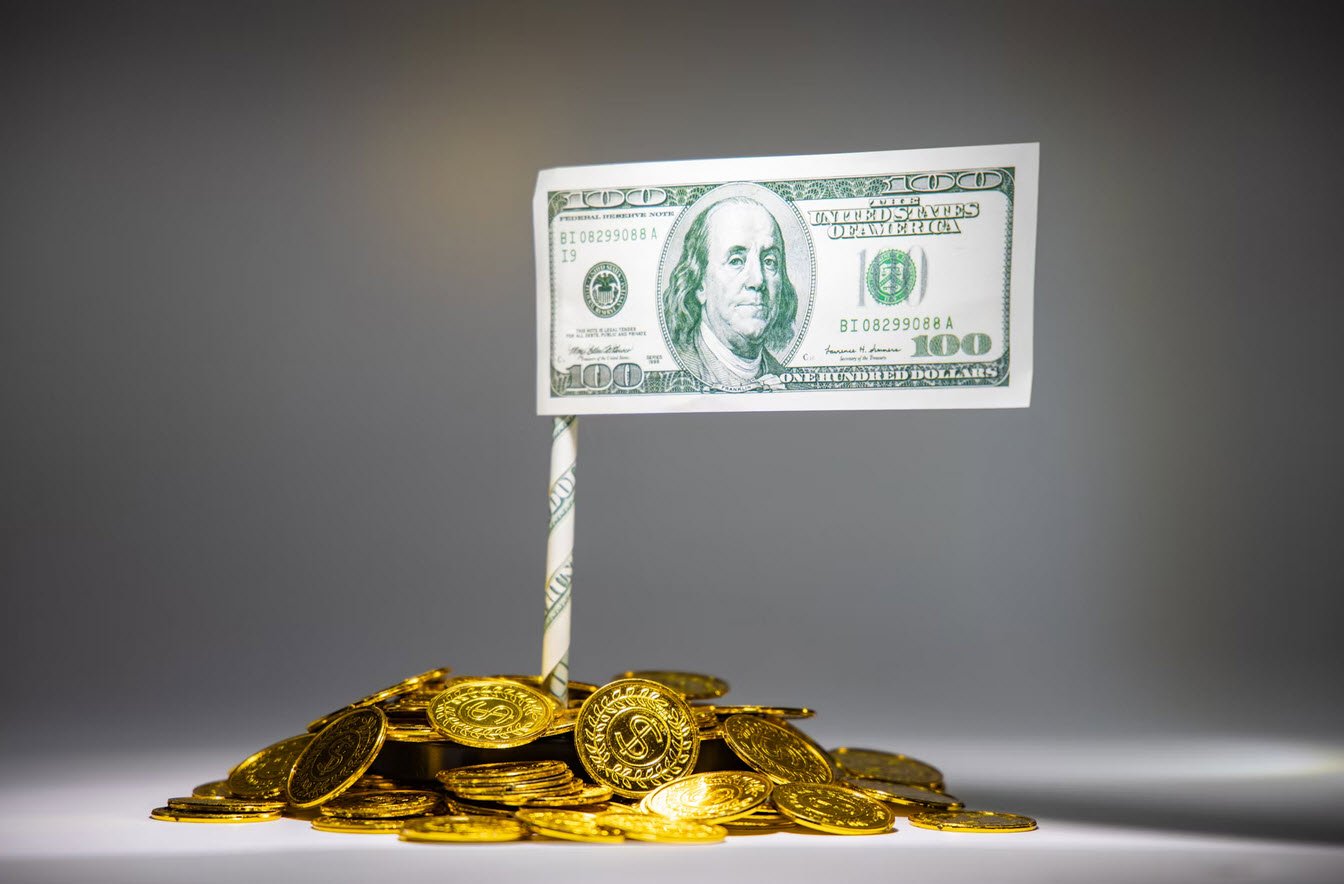
Money, the lifeblood of modern economies, comes in various forms, each tailored to fit specific needs and circumstances. These forms of money have evolved over centuries, adapting to technological advancements, economic systems, and changing consumer preferences.
Let’s explore the main types or forms of money that are widely recognized today.
1. Metallic Money
a) Full Bodied Coins
Full bodied coins are coins whose face value equals the value of the metal they contain. In the past, gold and silver coins were prime examples of full bodied coins.
b) Token Money
Token money, on the other hand, holds a face value higher than the value of the metal within the coin. Modern coins in most countries are considered token money.
Metallic money is tangible and exists in the form of coins made from metals like gold, silver, or other alloys. However, due to their weight and bulkiness, they are more suitable for small transactions.
2. Paper Money
Paper money refers to banknotes issued by the central bank or government. These notes are made of paper and come in different denominations, representing various values.
a) Representative Money
Representative money is fully backed by a reserve of precious metals like gold or silver. Holders of these banknotes could exchange them for the equivalent value in metallic form upon demand.
b) Convertible Money
Convertible money can be exchanged for a specific amount of precious metals, although not necessarily in a one-to-one ratio. The value is partially backed by a reserve of gold or silver.
c) Inconvertible/Fiat Money
Inconvertible or fiat money derives its value from government declaration and public acceptance. The face value of fiat money exceeds the cost of producing the physical note or coin. It’s the most common form of money used in daily transactions.
3. Bank Money
Bank money is a modern representation of money, often in the form of digital records or financial instruments.
a) Cheques
Cheques are a written order from an account holder to their bank, instructing the bank to pay a specified sum of money to a person or entity.
b) Bills of Exchange
A bill of exchange is a written order from one party to another, directing the latter to pay a certain sum of money to a third party.
c) Drafts
Drafts are similar to cheques, issued by banks to pay a specific amount to a named individual or entity.
4. Legal Tender Money
Legal tender money refers to any currency, coins, or notes issued by the government and central bank that must be accepted as a means of payment.
a) Limited Legal Tender Money
This type of money can be used for transactions up to a specified limit, such as coins.
b) Unlimited Legal Tender Money
All notes issued by the central bank fall into this category, and they can be used as a means of payment without any limit.
5. Plastic Money
Plastic money encompasses credit cards, debit cards, and smart cards. These cards contain encoded data and allow for electronic transactions, reducing the need for physical cash.
6. Near Money
Near money refers to assets that can be quickly converted into cash or used as a substitute for cash. Examples include deposits, government bonds, and other highly liquid instruments.
Understanding these various forms of money is essential for managing finances, conducting transactions, and comprehending the intricate workings of the modern economy. Each form serves a unique purpose and contributes to the fluidity and efficiency of monetary exchanges within a society.
You may also like:- How To Get Loan Against Your LIC Policy
- 100 Hobby Niche Ideas – A Comprehensive List
- 21 Ways to Make Money Online in 2024
- Securing Your Finances – The Evolution of Online Banking
- How We Made $10,000 Monthly With Affiliate Programs
- Top Creative Tips on Making Money
- Building a Sustainable Monthly Income Stream from Home
- How To Make $100 Per Day With Google AdSense
- Build Your Blog Into a Brand – Strategies for Freelancers
- Six Realities Every Freelancer Faces








